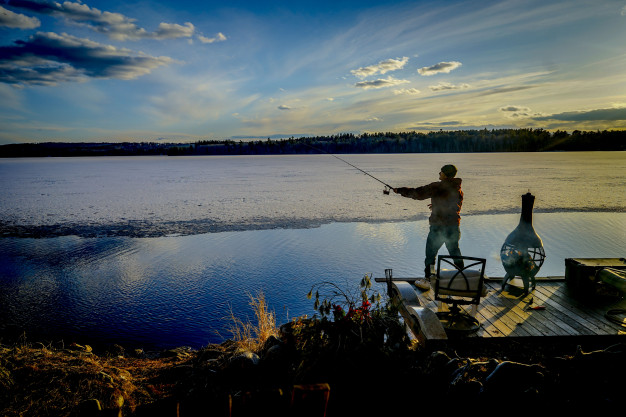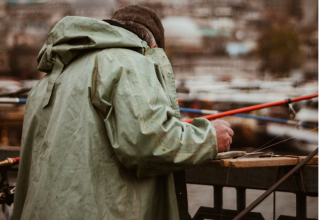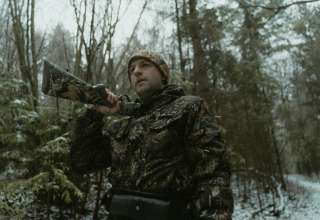As one of the most addictive sports on the planet, fishing continues to challenge even the most experienced anglers in existence. Of course, the sport has so many variables that you need a pretty diverse tackle box in order to score a full line. For instance, some fish only hit the bait with the rising sun while others feed in the late afternoon. Some prized fish swim in schools while others are relative loners. Some feed near the surface while others feed deep in dark waters. In terms of environmental challenges, some species have been fished to the point that their overall size has diminished.
In spite of all the challenges, there are ways to succeed in this sport and achieve the best haul. These ways might involve relying on technology. Similarly, you might simply learn the right ways to attract fish. In either scenario, you need to keep alert to how the fish are moving and how the environment is getting in your way.
1. A guide
Whether you are an ocean angler or a freshwater boater, the best way to load the boat, as they say, is to hire a guide to take you to known fishing spots. A guide keeps abreast of other commercial boats, and his or her network results in chatter that keeps everyone in the know. If you do not hire a guide, you have to guess where the good spots are, or you might watch other boats on the water, wondering if their lures are bobbing and hopping. The problem arises when your arduously selected fishing spot proves dead, causing you to move out to where other boats have been all morning–only to have them move on to better waters.
If you choose to avoid the guesswork, you will enjoy the fact that assistants on a chartered boat will help prepare food and help keep passengers hydrated. All this work a guide does serves the fundamental purpose of allowing you to stick to your line. For instance, if you are wanting to catch fish large enough to brag about, you need to obtain passage on one of the Gold Coast fishing charters. With a professional guide, you will be able to focus on the fishing while the crew members manage the amenities and the ship’s captain steers you to all the spots known to harbor something you can mount on the wall.
2. Imaging
Underwater imagers can help you detect movement in the water, which will indicate where schools are. Additionally, you can detect movement that gives you a good idea of what types of fish are in the vicinity. Of course, some imaging equipment might not work for sports competitions, but for the friendly outing that is meant to put food on the table, a fish finder will ensure your grill is sizzling with the local catch of the morning.
3. Know your lures
Your lure must match your prey. If you are fishing for bass, for instance, a smaller frog might sometimes go unnoticed while a slightly larger popper will be inhaled the moment it hits the water. If neither of these is effective, you might try a crawler or some stick bait.
For trout, you might want a fly that catches the attention of those underwater lurkers the moment it splashes on the surface. Of course, if you are a classic angler, you might simply want to live bait, such as a four-inch river worm. Finally, for larger fish, you might want a donut on a treble hook, which you only hear about in the tabloids.
4. Sunglasses
If you are fishing in shallow parts of a lake or river, the sun can glare off the underlying rocks or the ripples along the surface. Polarized sunglasses will remove the glare, allowing you to see the fish as they move toward your lure. These glasses work especially well for trout.
5. Types of hiding spots
When it comes to fishing, you need to know the likely spots that the fish inhabit as they wait for prey. For instance, many species like to gather in the shade under a bridge while catfish gather around logs. However, when it comes to boulders, catfish prefer to hide on the upstream side of the rock.
In a channel, you will want to spend more time near the edges. The reason you want to pay attention to the spot you fish is that fast eddies or currents carry more food for fish. That said, for crappie, you will want to find a lake or a bit of still water that flourishes with weeds. However, with bluegill, you will want slightly less weed coverage in the water.
About the Author
Mark is the owner and director of True Blue Fishing company and a passionate deep sea fisher. He has a wealth of experience in the wonders of fishing. He aims to share his years of expertise to enhance the experience of those seeking fun and knowledge in this type of adventure.













